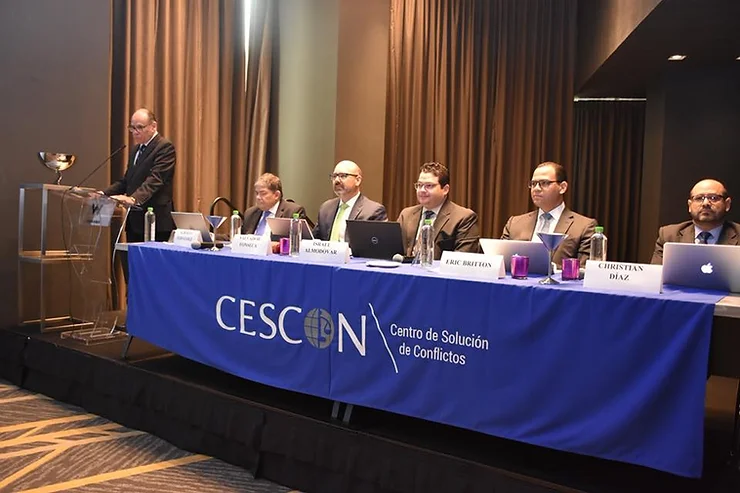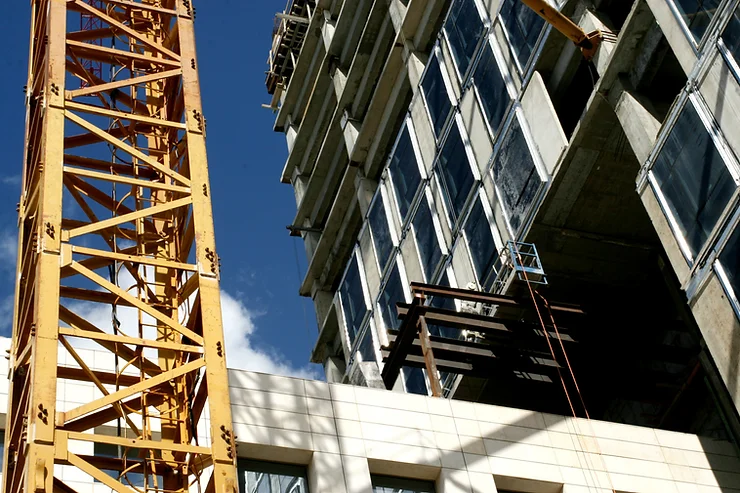The non-contractual liability arising out of the construction of a work.
A view from the comparative law (Part 2)
LIABILITY ARISING out OF THE CONSTRUCTION VS LIABILITY for DAMAGES caused BY FAULTS – Comparative Law
The Supreme Court of Panama in its Judgment of December 26, 2001, points out that there is a difference between the liability arising from the construction to the liability of the art. 1649 of the same code that refers to the damage caused by lack of the necessary repairs for the ruin of all or part of the building. Therefore, he concluded that the Court, in tort, there is no joint and several liability when there is a plurality of agents that caused the damage as if passing in the contract.
In Colombia, the jurisprudence of the Supreme Court of Justice in this country since 1971 has derived the non-contractual liability of the hazardous activities based on art. 2356 of the civil code, since the cases contemplated by that article are understood as declarative and non-exhaustive since the notion of risk is subjective. The plan then was to a regime of guilt alleged, on the basis of the word “booked” that sets up a presumption of malice or guilt against him by reason of the performance of the hazardous activity which can only be nullified by proving an exemption of liability; representing an advantage for the victim that alone should prove the damage and the causal link (the relationship between the fact that generated the damages and the alleged perpetrator that would be the contractor).
The French civil code, sees this responsibility derived from inanimate things in your art.1384, referring to the things that they have in their custody, based on the right of property made in the French revolution as one of its pillars, taking as a barometer of custody of the law or regulation to take into account is always that it is a lawful use. Therefore, to study the liability in France it is important to analyze (i) whether the risk is generated by the element of danger in the structure of the thing is the risk of a system goal, that is to say, the diligence of the contractor is not relevant, (ii) will be of guilt proven when there is danger.
Thus, despite having the responsibility in French law, a foundation is different, it is concluded that the due diligence of the contractor is not relevant and that it should prove a cause strange for exemption to repair the damage.
It is then the emergence of strict liability that has its antecedent in the case of the French SXIX where the defendant from working, the owner of a boiler, which explodes and the affected person is a worker, despite the fact that the owner claimed diligence in the care and maintenance respective to the boiler according to the safety standards of the time; the judge says that while the employer has acted without fault and with all due diligence within a lawful activity involves the contingency of damage, that is to say, the possibility of causing harm/risk and as this person gets the important benefit of using this activity must meet, therefore if it occurs the risk must respond not work with guilt. The professor Viney says Labbé in 1890, after studying the law and the possibilities good and bad of an operation is voluntary, and the benefits and risks of a company giving in equity its accession to the risk theory, founded on the principle according to which the perceived yields with the use of a machine that can harm others must answer for the damage caused, Saleille and in 1987 Josserand also adheres to the theory. Here arise then the theories of the risk created and the risk advantage, where it causes harm is the heritage of the benefited of the activity anyone who is in a better position to withstand the damage, and therefore repair, unless there is a strange cause.
THE CAUSE STRANGE
What does it mean then the cause strange? It is a fact that prevents compliance with the obligation. The obligation under the liability is the duty to repair the damage they caused with the construction of the work, that is to say, that the state of things once again be as before the damage, or is closer to that state.
That fact, or cause strange, it has been called by the doctrine of force majeure or fortuitous event that exempts repair must meet the following requirements: (i) the irresistible, refers to the fact that the obligor, contractor, had to take all the necessary measures to not let the damage and still be generated, it is inevitable. This generates a barometer high by reason of the construction activity, as it may require the contractor to use the highest security standards, of course within the budget for the construction of the work as nobody is forced to do the impossible; (ii) unpredictable, it refers to the impossibility of knowing the fact that generated the damage, you can use the advances in technology and statistics to demonstrate this requirement.
You can also absolve themselves of responsibility for the fact of a third party, that subject must be external, do not have any relationship with the construction of the work, and lastly, the fact of the victim, when who has suffered the damage is put in danger, for example: despite being signposted the work, a person enters the space that is intended to be built, and falls into a well.
Now, the trend of many countries which requires a mandatory insurance for the performance of hazardous activities, within which is located the building, like Spain, which since 2000 with the LOE requires an insurance for the activity of the construction being indifferent if the damage is generated by contractual or extracontractual liability.
This is the result of the evolution in the contemporary period of the liability (the end of XIX century and beginning of the TWENTIETH century), marked by the industrial revolution. Typically, the victims were laborers and machine operators, which influenced the emergence of the insurance to put at risk the notion of responsibility. Initially created the individual insurance that takes a person to the insurer to respond in the event that the person may cause damage.
With the development of the insurance blur the structural elements of the responsibility, because it is not the person who causes the damage, who is responsible, it will be the insurance, but this does not answer for the provision typical of responsibility that is the harm, but rather for the performance of a contract, the insurance, which I take the person.
In some countries it got to the point that the victim may have a direct action against the insurer. And in some jurisdictions in cases in which the uses professionals recommend you take out insurance, the judges even think that it is wrongful if it is not taken.
The liability has a function of preventive regulating behaviors of the society, that is to say, of corrective justice (some people think it is more of justice redistributive).
To the side of the individual insurance are the mechanisms of socialization of risk and are those circumstances in which it is seen that it is much more efficient to create funds to repair to certain victims. For example, in Spain, was issued the law 30/95 (civil liability and motor vehicle insurance), where people who have motor vehicles must make contributions to the fund (looking for a preventive function), and when they cause harm to a person is charged directly to the fund. In New Zealand it has been extended to almost all areas. Colombia is the FOSYGA for health, FOGAFIN of financial institutions, the law 418/97 for cases of damage caused by terrorist attacks.
In conclusion, referring to this new stage of the responsibility, if it is the typical damage insurance, in the event the responsibility disappears because the insurance is subrogates by the same insured value.
What happens sometimes is that there are cases in which the functions of the responsibility will continue to have full force in the case of professional responsibility, and it is for the good will looking for that you cannot declare the responsibility and even paying to extinguish the obligation.
About BRIG
Britton & Iglesias (BRIG) has a strong and experienced Department specializing in Right of the Building, oriented to the prevention of legal risk in the development of the activities and the process of construction and real estate, as well as on the outcome of the final product, as well as different processes of conflict resolution. We maintain strategic partnerships with associations, professional, and related companies that allow us to offer a comprehensive service to the different actors in the building sector. Our portfolio of select clients include construction companies, developers and contractors, as real estate companies, professional associations, financial institutions and insurance companies, that are linked to transactions in the Construction sector, among others.
Please contact us on +507 388-4800 | info@brig.com.pa | www.brig.com.pa
Marbella, Torre Humboldt, Piso 11, Panama, Rep. Panama





